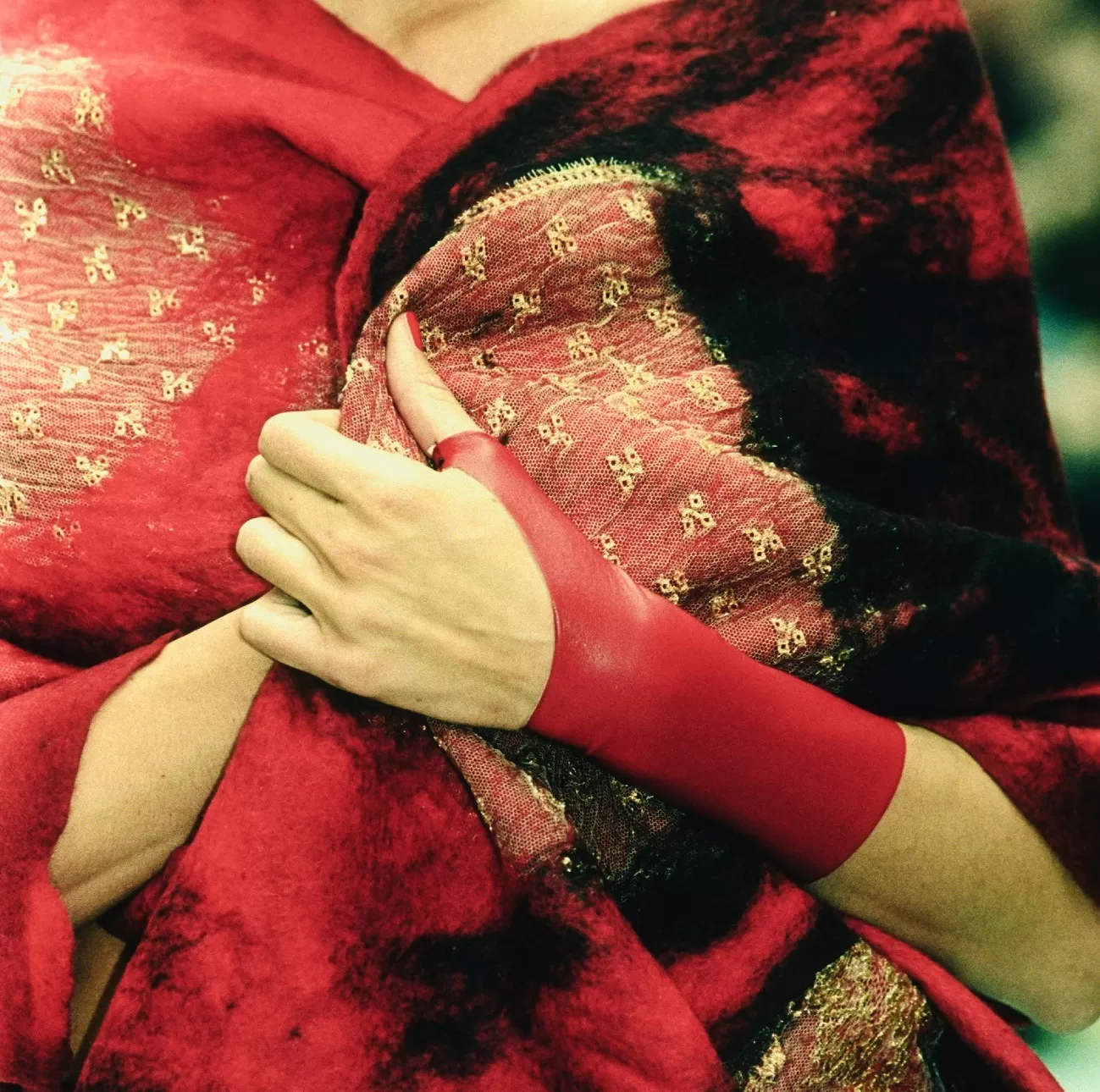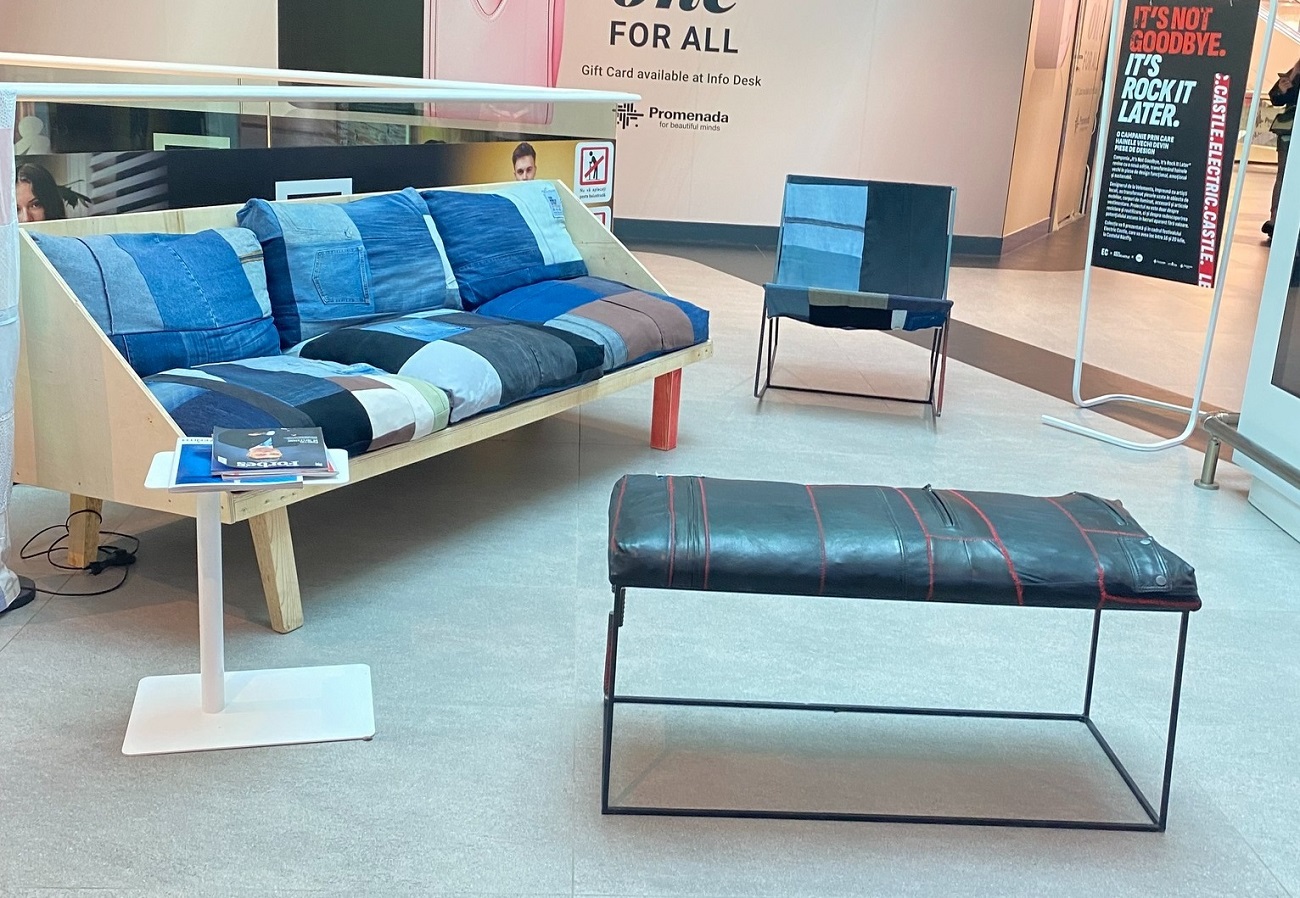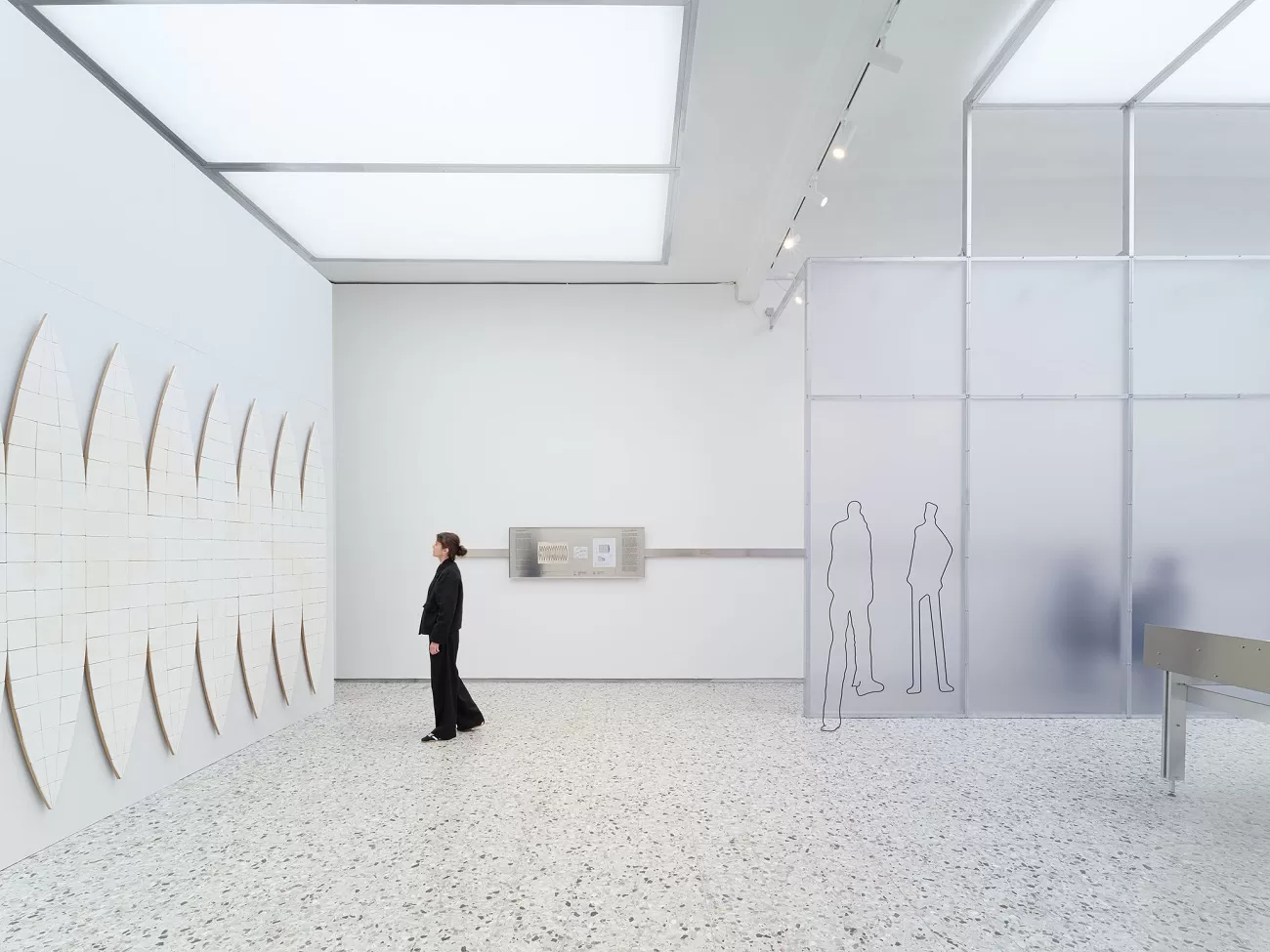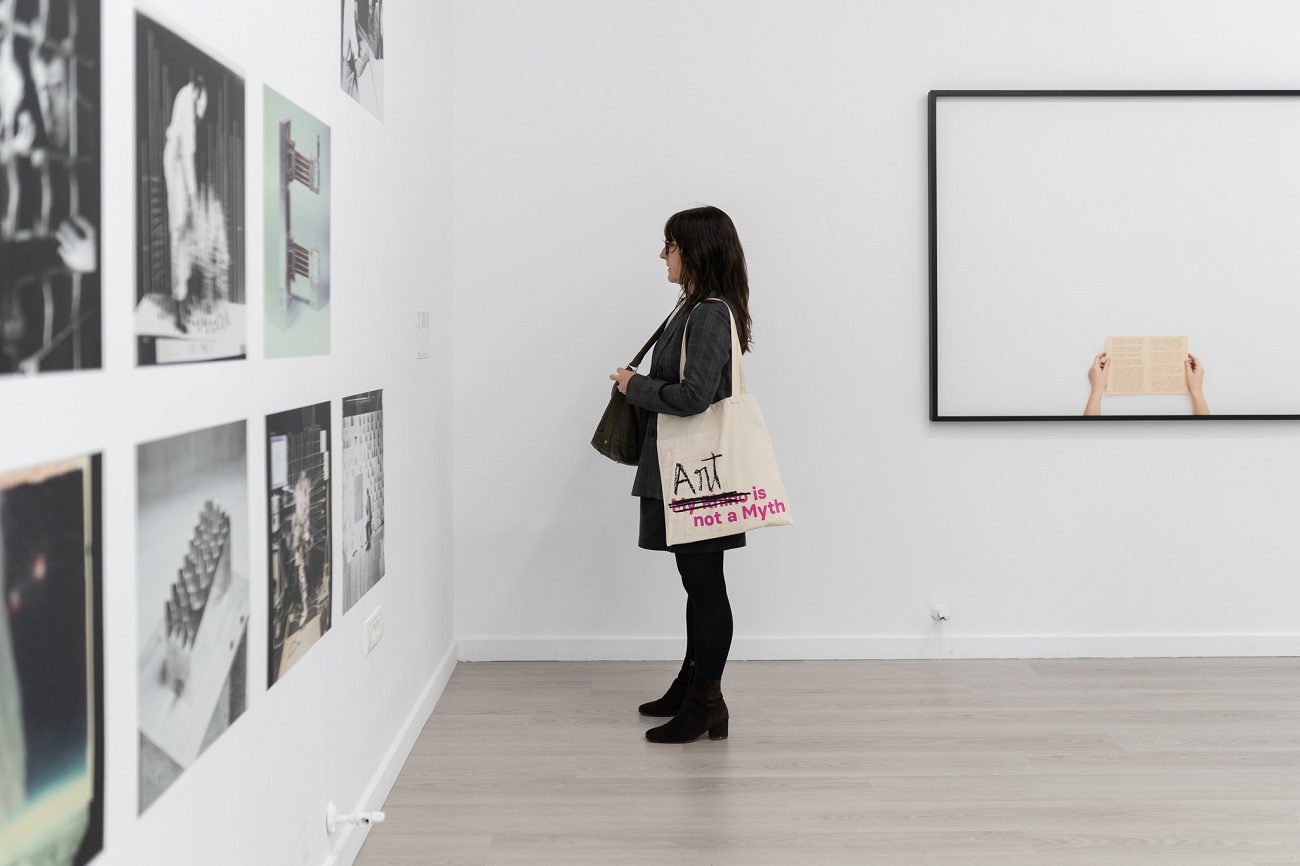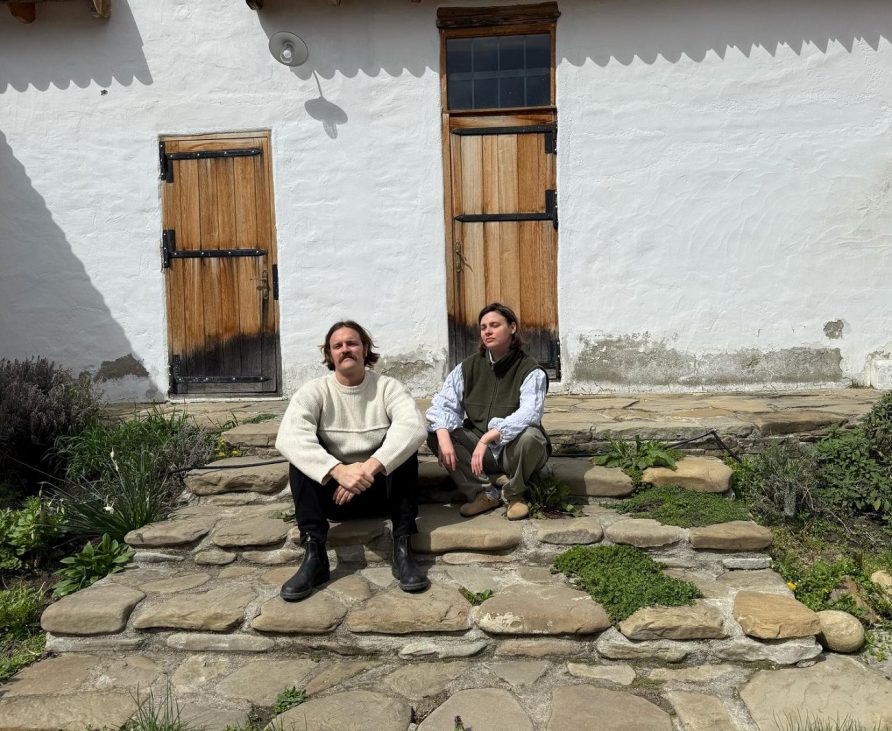
INTERVIEW – Visual artists from Poland and Spain on ‘inferior art’ renaissance
Maria Oblicka (Poland) and Alexander Cabeza Trigg (Spain) are visual artists, filmmakers and anthropologists documenting hidden artistic legacies. The two are currently working on the documentary “Utkane”, an impressionist portrait of Polish artist Krystyna Wojtyna-Drouet, the last representative of the Polish Textile School.
How can a movie change the perception of textiles from “craft” to fully-fledged visual art? This is what the two artists in residence in Șona (Brasov county) explored this spring. Their project is supported by the Adam Mickiewicz Institute in Warsaw.
In an interview for curatorial, they talk about the experience of documenting and the experience in Transylvania during their two-month residency.
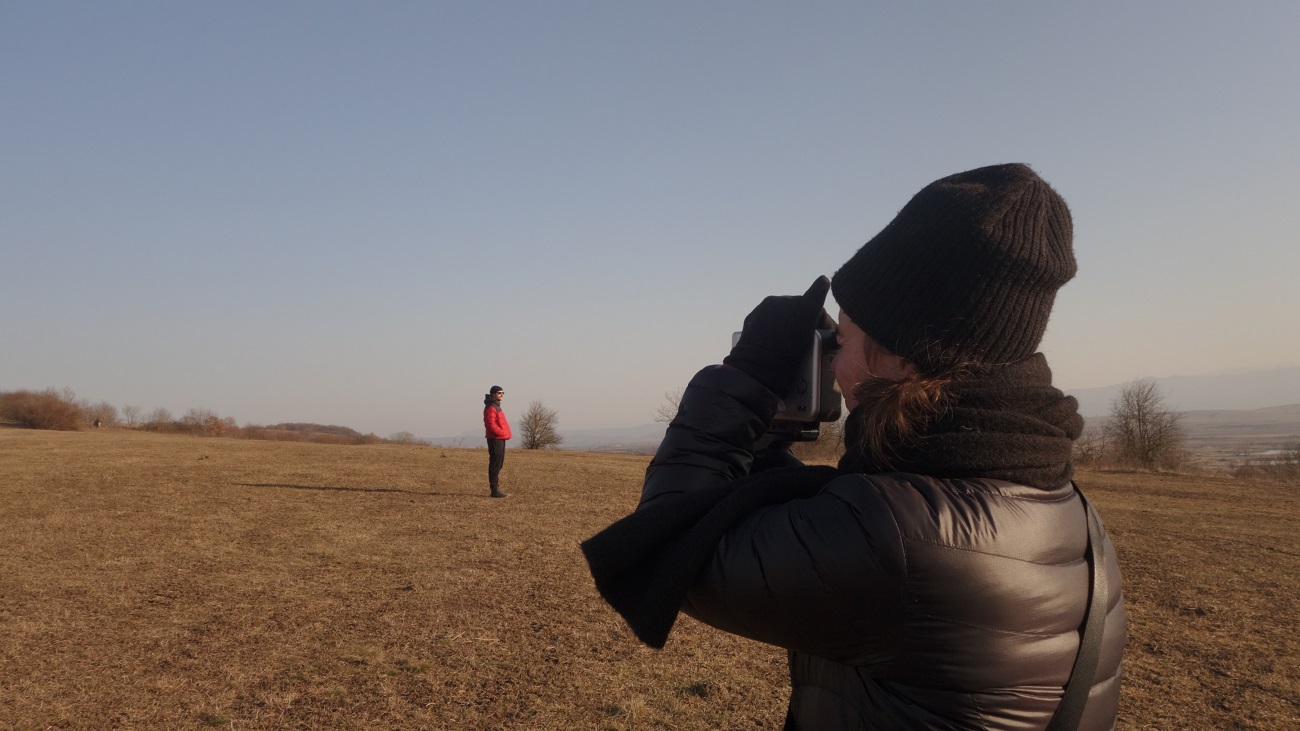
Maria Oblicka is a multidisciplinary artist from Warsaw. She works at the intersection of sculpture, site-specific installation and film. Graduated in Design and Visual Communication, with an MA in Sculpture from the Academy of Fine Arts in Warsaw, in her artistic practice she explores themes of oppression, acoustic democracy and feminism.
She co-founded the Krzak collective, a cultural space and permaculture collective in Warsaw, and co-created the sustainable linen brand ŁYKO, winner of the Must Have Ł.dź Design Award at the Łódź International Design Festival.
Alexander Cabeza Trigg is an anthropologist and filmmaker based in Barcelona. Through his work he seeks to combine the reflexive and participatory nature of anthropology with the freedom and ambiguity that an experimental approach can bring. The result is a collaborative documentary practice, grounded in local contexts, that actively involves participants in the creative process.
He is a tutor in the MA program in Photography and Society at the Royal Academy of Art in The Hague (KABK) and his films have been presented at festivals such as DocLisboa, Documenta Madrid, Festival dei Popoli, Punto de Vista, D’A and at the Center for Contemporary Culture in Barcelona (CCCB).
Șona AIR (Artists in Residence) is a pilot residency program initiated by the Ștefan Câlția Foundation that supports interdisciplinarity and collaboration and aims to organically integrate new cultural models in the rural area, encouraging interaction between residents and the local context, facilitating communication with the villagers, but also with the surroundings.
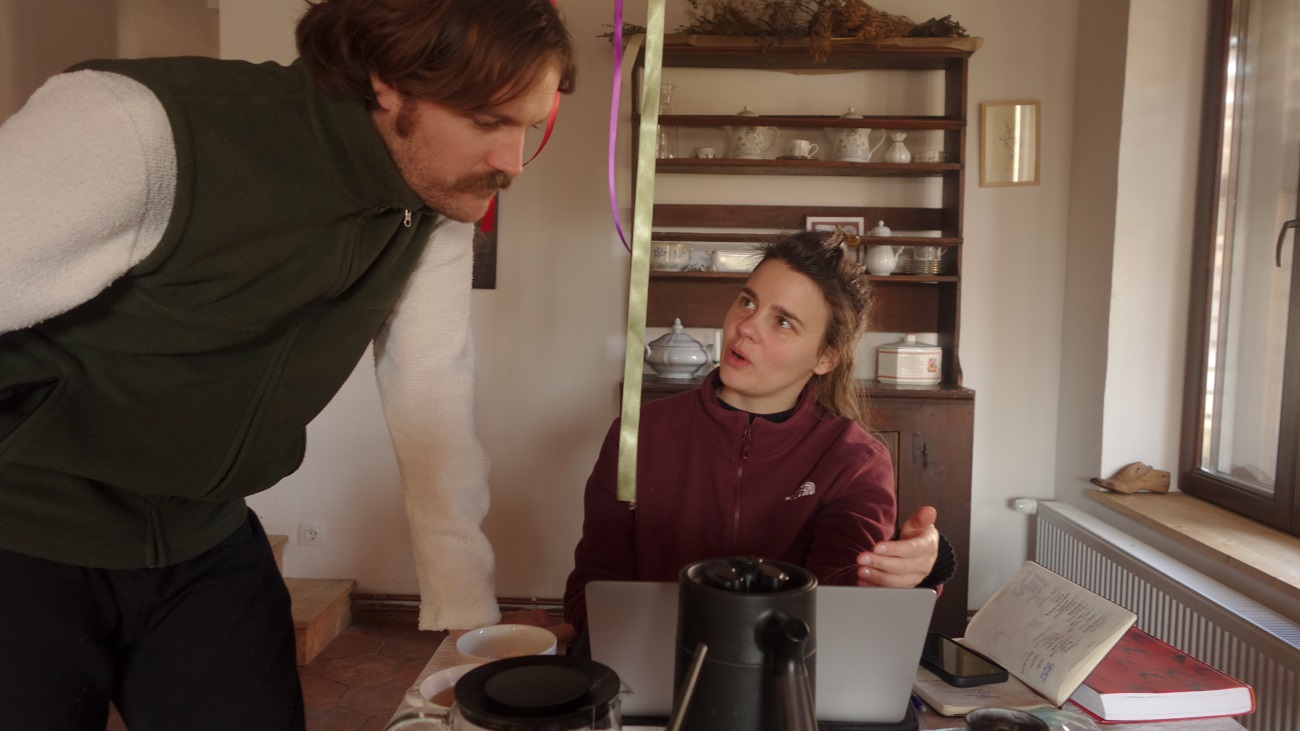
Where did the idea of making a movie about Krystyna Wojtyna-Drouet come from?
Alexander Cabeza Trigg: In 2018, Maria was working on a story about the heritage of weaving in Poland for a contemporary art and culture magazine in Warsaw. She was interested in the weavers’ circle of the Polish School of Textile Art – the same one that Magdalena Abakanowicz, an internationally renowned Polish sculptor and textile artist, was a member of. That’s how she discovered Krystyna Wojtyna-Drouet, one of the last living representatives of that school, still working in Warsaw. Maria went to interview her, along with two friends, and was surprised to discover that hardly anyone knew of her existence or the studio where she worked. The story seemed too beautiful and rare not to be told.
Maria Oblicka: Then, two years ago, Alexander and I decided to start a movie project – a portrait of Krystyna, who was then 97 years old and still working in the same studio where she had been working for over 50 years.
What did your work in Șona consist of?
Alexander Cabeza Trigg: During the two months we spent in Șona, we focused mainly on editing the movie. We started by reviewing all the material we had – interviews, sound and image – then we gradually searched for a narrative structure and refined it.
After a lot of attempts, hesitation and iterations, we reached a form that we are happy with and we are now ready to go into post-production: sound and colorization.
When and where could the movie be seen?
Alexander Cabeza Trigg: It’s been about two years since the first shoot with Krystyna. We aim to complete post-production – sound mixing and color correction – by summer. We hope the movie will make it to the international festival circuit and maybe even to Bucharest at some point.
Why do you think textile art has been marginalized? What role should it play today?
Maria Oblicka: For a long time, textile art was seen as a craft rather than an art form in its own right – most likely due to patriarchal systems. In the 20th century, it was considered a ‘minor’ art form, largely associated with women. We think this perception has changed quite a lot – there is now a much greater appreciation for this form of expression and its heritage. It’s important to highlight the work of these women in the hope that it will inspire new generations to discover the rich histories that exist in every country.
From Krystyna Wojtyna-Drouet’s perspective, how has the perception of textile art evolved? From your perspective, what has changed over time?
Maria Oblicka: Krystyna has struggled all her life against a system that regarded her work as “inferior art”. In one of our conversations, she told us that during the communist era, she was allowed to take part in international exhibitions because she was seen as “a naive artist”.
We are not experts in the history of textile art, but we believe that perceptions change and evolve. Now textile arts are experiencing a renaissance. There is a growing interest in the medium and we believe that more and more young artists are emerging who are working with the technique in an innovative way.
What was the most interesting thing you discovered during this project?
Alexander Cabeza Trigg: Most interesting was to discover that, at 97, Krystyna goes to the gym weekly with her friends.
What did you like most about Șona?
Alexander Cabeza Trigg: We really enjoyed our time in Șona. It was our first visit to Romania and we consider ourselves lucky to have found such a suitable place to finalize our project. We were very inspired by Transylvanian nature – it’s rare to be surrounded by such a raw environment. We came by car, so we also explored the surroundings – we went to Viscri, Biertan and Brasov.
Have you met local artists? How do you perceive the cultural scene in the area?
Maria Oblicka: We were especially in contact with the locals and some initiatives in Șona and the surrounding villages.
We discovered the Village Association “Șona Noastra”, which does a wonderful job of preserving the village’s heritage and its photographic archive, and, in the neighboring village of Mândra, we visited the Museum of Cloth and Stories – a cultural center dedicated to textile heritage, which also works with a local photographic archive.
What’s next for you? What are your plans for near future?
Alexander Cabeza Trigg: Maria will leave for a new artistic residency in Sopot, Poland, at the Goyki 3 Art Incubator, where she will work on an experimental project and film on Super 8 film, on the theme of hearing loss and misperceptions about deafness.
Maria Oblicka: Alexander will travel to La Gomera, in the Canary Islands, where he will begin documenting a new feature film inspired by Silbo Gomero, the island’s ancient whistling language.






